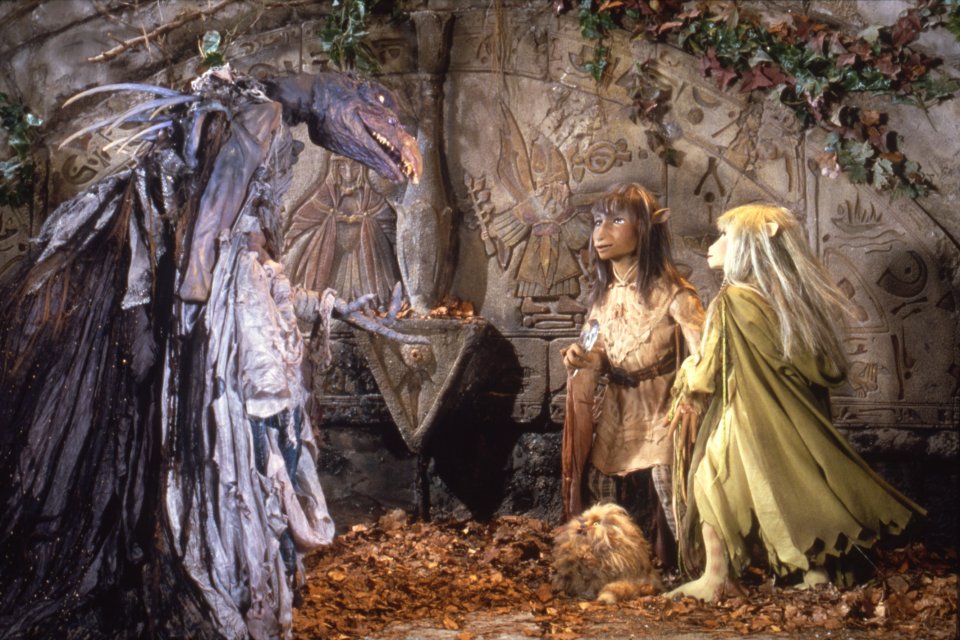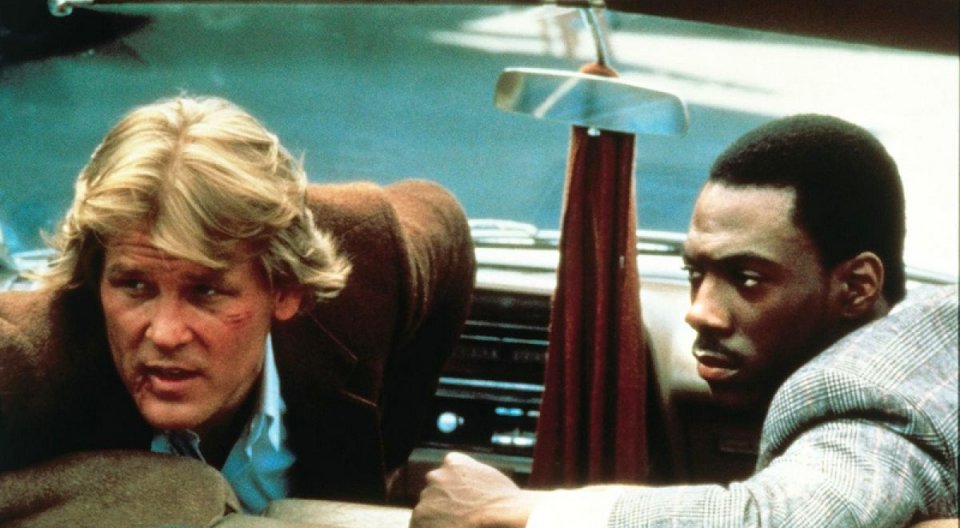1982: Probably the most important movie year in pop culture

For the great luminaries of feuilletonistic film criticism, 1939 is at the top of the list of the most important film years. And yes, as a lover of classic films who likes to chow down on old hams in his wing chair while wearing a corduroy jacket, I happily agree. Many late-borns, on the other hand, praise the film year 1999. A point of view that I respect, because there was a lot of interesting things to see there, but to be honest I classify myself as more of the classics. But as a nerd with a certain (pop) culture affinity, no matter how hard I try, I just can’t get past the year 1982, it’s that meaningful. Ladies and gentlemen of the jury, please allow me to say that 1982 was the year in which modern film culture was born. I have ten pieces of evidence and so-called honorable mentions in my attorney’s bag.
Before the evidence – but first an inventory. The time of the traditional classics is long gone in 1982, as are the monumental films. The New Hollywood born around Rosemary’s Baby, Easy Rider and The Last Picture Show has been at the forefront of innovation with introspective, bold character art for over a decade, but meanwhile a very different storm was brewing.
Because in 1975 the modern blockbuster was born, named after the queues of people who stood their legs in the stomach for whole blocks to see “Jaws”. “Star Wars” (Star Wars) and “Raiders of the Lost Ark” (Raiders of the Lost Ark) built on this and had proven that the so-called “Tentpole Pictures” are not a passing phenomenon, but represent the future of the film business.
With “The Empire Strikes Back” (“The Empire Strikes Back”), “Star Wars” has already become a multimedia and merchandise-heavy franchise in 1980, of which there is only one more at this time. The other is James Bond, who is celebrating his 20th cinema anniversary this year, but the world-famous secret agent lets it be known in 1982 that he is currently “in between movies”. Indiana Jones is one of them, don’t you think?
No, he only has one film under his leather jacket so far, that’s not enough for a franchise. Many other big brand names like “Ghostbusters” and “Back to the Future” are just that: music of the future. They don’t exist yet in 1982.
Exhibit #10: “The Dark Crystal”
Jim Henson, then known for the Muppets, who teach the little ones on Sesame Street and entertain the older ones on The Muppet Show, wants more. He wants to be creative. With Tolkienesque energy, Henson creates the planet Thra, home to a dark, high-fantasy world.
That’s where the Gelflings live, who look more in the Uncanny Valley than the pug-nosed Muppets do, and really repulsive children’s frighteners, the Skekse. The planet Thra is wild and not nearly as pathetically pregnant as Tolkien and the film is a masterpiece of art design, full of innovative special effects and puppet animation technology, but anything but light-footed and fun.
The saga of the dark crystal is too uncomfortable and heavy-handed for some audiences, resulting in the film narrowly making profits and staying under the critical radar for a long time. 40 years later, the film has grown significantly in popularity and is considered a pioneer in two categories whose names were still unknown at the time: worldbuilding and edginess.
1982: Probably the most important film year in pop culture (2)
Source: The Jim Henson Company
Honorable Mentions: “The Last Unicorn” & “Mrs. Brisby and the Secret of NIMH”
In 1982, long-lasting animation is thriving at studios that, for once, are not called Disney. The unicorn story by Rankin/Bass and the fantasy animal adventure by renegade Disney cartoonist Don Bluth bring melancholy and comforting horror to classic children’s entertainment.
Exhibit #9: “Just 48 Hours” (“48 Hrs.”)
John Belushi, Steve Martin, Chevy Chase, and Bill Murray were the first generation of comedians to make the leap from “Saturday Night Live” to the big screen, with films that delivered expected jokes and made good money. Second generation SNL Eddie Murphy breaks all records with this buddy comedy.
The film didn’t look very promising at first. Interspersed with the crudest expletives, really vile villains and explicit depictions of violence, the then Paramount boss Michael Eisner was very worried before the theatrical release. It was all too hearty and not funny enough for him.
But with just one scene in which Murphy’s character poses as a cop and takes control of a bar full of racist hillbilly, a legend is born.
The film becomes a massive hit, reinventing the raunchy action comedy and overnight making Murphy one of the ten highest-earning stars of all time. Which in turn paves the way for Robin Williams and Jim Carrey, who would never have made it this far without trailblazer Murphy.
1982: Probably the most important movie year in pop culture (3)
Source: Paramount
Honorable Mention: “Night Shift – The Morgue is Freaking Out”
Another comedy that helps a star break through. Here we see the future Batman, Beetlejuice or Birdman Michael Keaton in his first film. He didn’t even play the leading role in Ron Howard’s early work, which was due to a much bigger name at the time: Henry “The Fonz” Winkler.
Reference-www.pcgames.de
